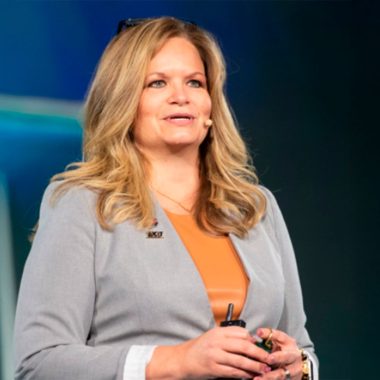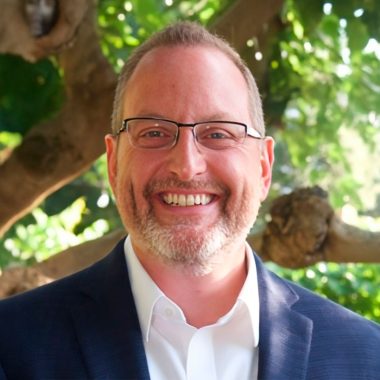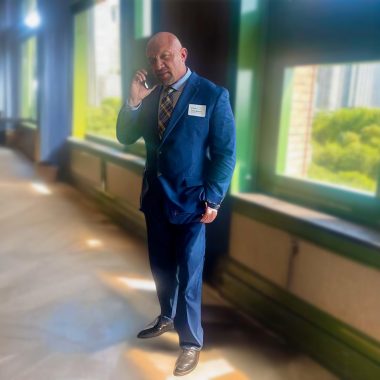Nonprofit leadership turnover is a costly problem. When executive directors leave after just a year or two, organizations struggle to maintain momentum and community trust suffers. Lori Clement has seen this pattern play out dozens of times, which is why she’s made it her mission to help nonprofits get hiring right the first time. Working at DRG Talent for the past six years, she has filled over 70 C-suite roles across the nonprofit sector. Her background took her from television advertising into education reform, where she first witnessed the damage that leadership instability could cause.
Transitioning from Media to Recruitment
Clement never planned to work in executive recruitment. “I had no idea I would end up doing this work, and I didn’t know how impactful it would be,” she admits. After five years in television advertising, she felt drawn to work that gave back to her community. This led her into education policy, specifically the charter school movement in New York City. She worked with communities opening new schools and monitored existing ones to ensure they delivered on promises. But she kept noticing the same troubling pattern. “A school that struggled academically would attract a new leader, someone with outstanding outcomes elsewhere, but who even after one to two years could not create the same results and would ultimately leave. The school and its community wouldn’t advance and they would find another promising leader leading to cycles of hope and disappointment but with little progress.” When she met the CEO of DRG Talent, she discovered someone with similar frustrations. The firm had been helping nonprofits find talent for 30 years, but its CEO was seeing too many organizations with revolving door leadership. “I was really drawn to solving this,” Clement explains. “I’m proud to have been part of expanding our services at DRG to support nonprofits with recruiting and retaining exceptional talent.”
Understanding Nonprofit Hiring Challenges
The current moment makes executive hiring particularly complex for nonprofits. Technology is raising ethical questions about how organizations do their work. Economic and political changes add uncertainty. Post-COVID workplace shifts have altered how people think about employment. Multiple generations with different values now work side by side. “I think that there are few times in history when leaders are confronted with having to contend with all of these shifting dynamics while also doing the work of growing and sustaining their organization,” Clement observes.
What makes nonprofit hiring unique comes down to priorities. “In the nonprofit sector, people and communities come first. Finding the right leader in this context includes finding someone who brings the skills and talent to do the work as well as someone who brings passion and connection to the mission and authenticity and understanding of the community. Right away, the pool of talent is narrowed down.” The funding environment creates another challenge. Many nonprofits depend entirely on community donations. “Limited funding directly impacts the compensation available for nonprofit leaders. Nonprofit executives must often weigh the balance between purpose and pay. Unsurprisingly as a result, nonprofits are some of the most creative organizations when it comes to culture, benefits and workplace flexibility, ” she explains.
Sharing Key Lessons from Experience
After placing dozens of executives, Clement has developed some strong opinions about what works.
- Include More Voices In The Hiring Process – This might sound controversial to boards used to making decisions in small groups. But Clement argues that board members “get a tiny slice of understanding of what the organization and its community experiences on a day-to-day basis.” When organizations invite broader input, they often discover surprising alignment and build trust in both the process and outcome.
- Be Honest About Problems – “Every organization carries challenges, just as every leader has faced hurdles of their own,” she says. Organizations should be upfront about their challenges, and candidates should discuss difficulties they’ve faced and resolved. “What matters is how honestly those challenges are named, and how clearly a candidate can show they’ve navigated similar terrain. When experience meets need—that’s when you see a true spark of alignment.
- Stay Flexible – Recruitment follows a process, but success requires adapting to the people in the room. “Recruitment is part process, part people. And people are never predictable,” Clement notes. “Success comes not from rigidity, but from the flexibility to meet the moment.”
As artificial intelligence transforms many industries, Clement takes a cautious approach to its use in executive search. “Executive search is human work. AI can’t replicate the trust and insight that emerge when people truly connect.” she states. Her team avoids AI interviews and doesn’t rely solely on AI for resume screening. They’re more concerned about bias than efficiency. “Technology reflects the biases of its creators. That’s why we use it carefully—as a tool, not as a decision-maker,” she points out. Clement sees AI as useful for categorizing and summarizing data, but not for evaluating people. “Every candidate deserves to tell their own story. We won’t outsource that to an algorithm.” As everyone gains access to AI writing tools, resumes and cover letters start looking similar anyway. “At its core, executive recruitment is about relationships—building trust with leaders for the long term,” she concludes. Some things just can’t be automated.
Connect with Lori Clement on LinkedIn to explore her work in nonprofit leadership hiring.








